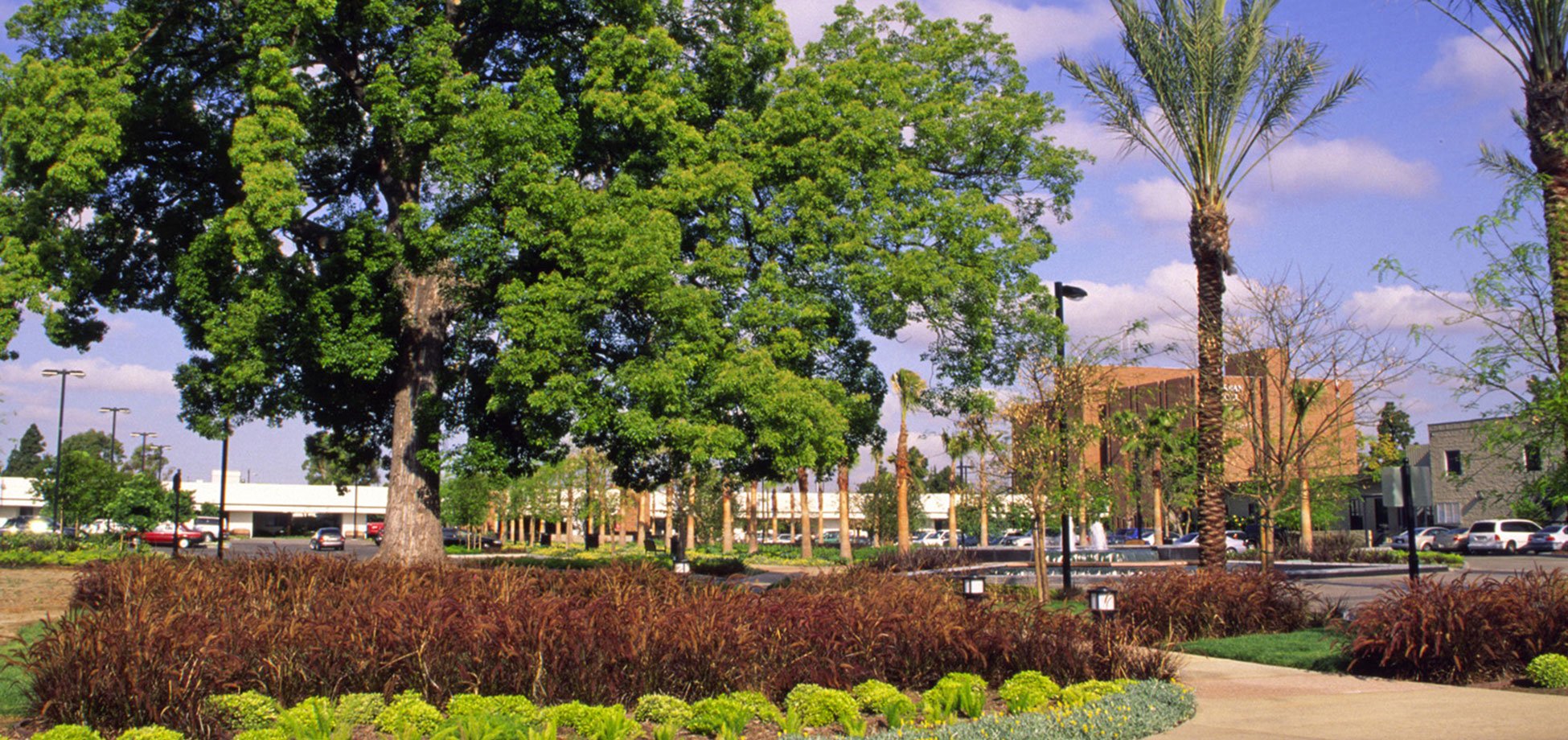As California cities and counties race to incorporate climate adaptation and resilience strategies into their General Plans ahead of the Senate Bill 379 deadline on January 1, 2022, many local jurisdictions are faced with limited financial and staffing resources to conduct thorough climate adaptation planning.
To meet these needs, the Southern California Association of Governments (SCAG) developed the Regional Climate Adaptation Framework. This resource provides a compliance guidebook, communication and adaptation strategies, model General Plan policies, and several tools for assessing local climate change vulnerabilities.
“It’s not that jurisdictions need more tools, they need the right tools and they need the relevant data or datasets to help them with their planning efforts,” explains ESA’s Sustainable Communities Director Jeff Caton, who recently hosted a panel discussion of SCAG’s framework at the 2021 American Planning Association (APA) California Conference.
ESA developed major pieces of the SCAG framework and recently used it in developing a Climate Action Plan for the City of Paramount to assess vulnerabilities and identify appropriate strategies for a community that is largely affected by high pollution rates and economic disparities.
“This is really important because we’re talking about a population where a majority of the census tracts are in areas that are considered disadvantaged or low-income communities,” says Wendy Macias, Public Works Manager for the City of Paramount. “This is a population that is already dealing with socioeconomic obstacles in addition to climate change.”
If you’d like to listen to an informative discussion on how the SCAG framework can assist underserved communities, you can watch a recording of the APA panel at the following link: https://youtu.be/xweN-M47tlg
Do you represent a local jurisdiction in need of climate adaptation consulting? You can reach out to Jeff Caton.







